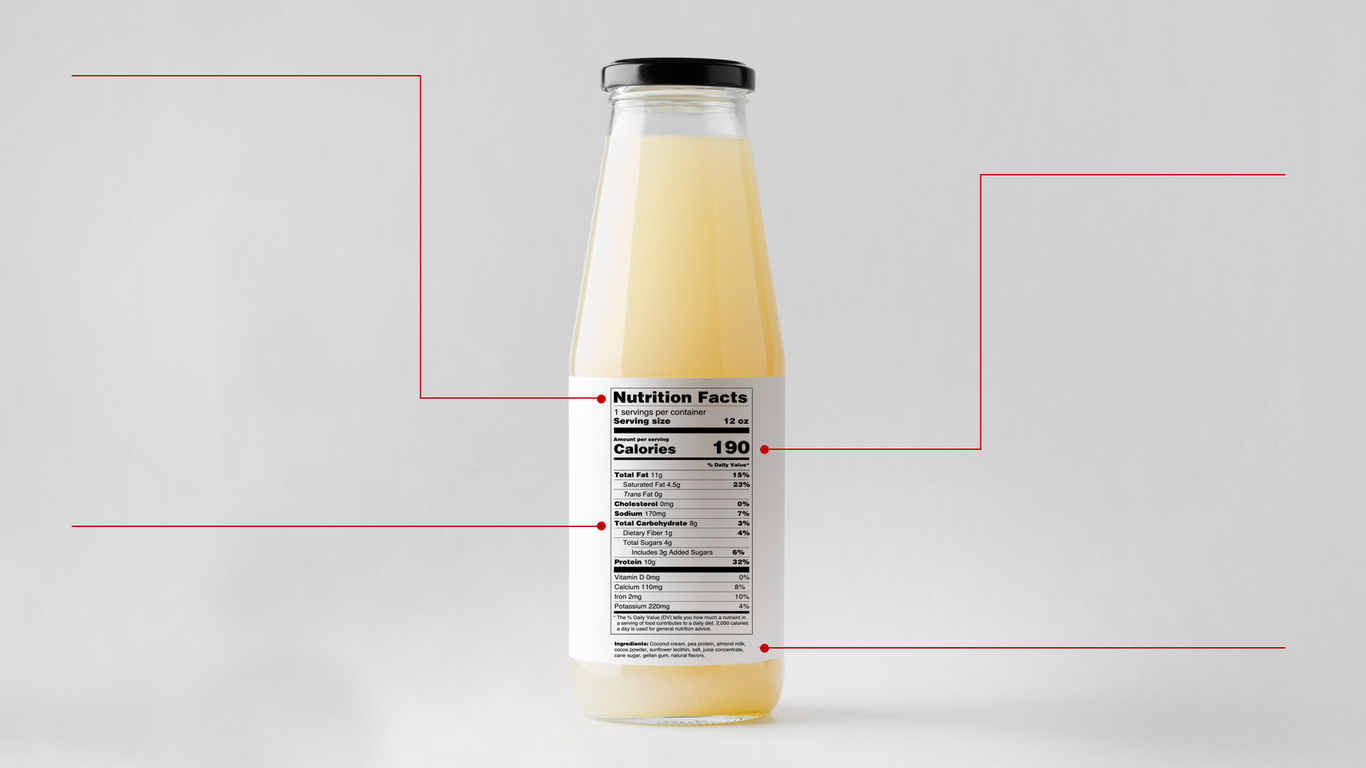Smart grocery shopping starts with reading food labels. But it can be tough to make sense of all that nutrition information. Fear not! Here’s what you need to know to be a label lingo pro:
Scope Out the Serving Size
Suggested servings may be smaller than you think! Use this to gauge how much you should really be eating (and whether your idea of a “serving” is really 2 or 3!).
Check the Calories
Calories are a measure of energy, so the calorie count tells you how much fuel is in your food. Women need 1,600 to 2,400 calories daily, while men need 2,000 to 3,000. (1) Spices can help you keep your calories in check.
Manage Your Macronutrients
Macronutrients make up the bulk of your food and provide your body with energy. You’ll see 3 types listed on the nutrition label:
- Carbohydrates: The primary source of fuel for your body. The food label also lists dietary fiber, a special carb important for digestion.
- Protein: The building block for muscles, your immune system, and more.
- Fat: A concentrated source of energy. The American Heart Association recommends choosing more unsaturated fat, limiting saturated fat, and avoiding trans fat (2)
Look for Vitamins and Minerals
Food contains more than calories, it also provides vitamins and minerals. Many labels list only key nutrients, like iron, calcium, sodium, vitamin A and vitamin C. Others may list more to help you make smart choices.
Decode Daily Values
The label lists the percent daily value (%DV) for each nutrient – how much of your suggested intake you’ll get per serving. (3)
- Want to eat more of a nutrient? Eat foods that provide 20% of the DV or more.
- Want to limit a nutrient? Eat foods that contain 5% of the DV or less.
Investigate Ingredients
Look beyond the panel to find out what’s really in your food. Here are some ingredients you might want to watch for:
- Hidden sugars: honey, maple syrup, fruit juice concentrate, ingredients ending in “-ose.” (4)
- Hidden sources of gluten: wheat, barley, spelt, soy sauce, malt, hydrolyzed wheat protein. (5)
Look Beyond the Nutrition Label
Understanding nutrition labels is key, but front of package claims can help you make informed choices, too. Some key claims you might want to watch for include:
- Certifications: USDA Certified Organic, Certified Gluten-Free.
- Check out: McCormick® Gourmet Organic, Low sodium recipes
- Health Recommendations: American Heart Association Heart-Check Certified.
- Other Claims: Non-GMO Project Verified, grassfed, fair trade.
References
- Office of Disease Prevention and Health Promotion. Dietary Guidelines 2015-2020. https://health.gov/dietaryguidelines/2015/guidelines/appendix-2/
- American Heart Association. The Facts on Fat Infographic. https://www.heart.org/en/healthy-living/healthy-eating/eat-smart/fats/the-facts-on-fats
- Food and Drug Administration. % Daily Value. https://www.accessdata.fda.gov/scripts/InteractiveNutritionFactsLabel/pdv.html
- University of California San Francisco. Hidden in Plain Sight. https://sugarscience.ucsf.edu/hidden-in-plain-sight/
- Center for Young Women’s Health. Gluten-Free Diet: Foods to Avoid vs. Safe Foods. https://youngwomenshealth.org/2013/03/06/gluten-containing-vs-safe-foods/









